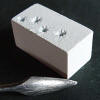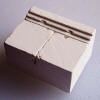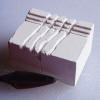| Contents | |||||||
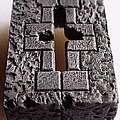 |
Battle Damage Disguising flaws as battle damage. |
 |
Laser
Damage Disguising flaws as laser damage. |
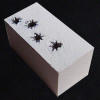 |
Bullet Holes Disguising flaws as bullet holes. |
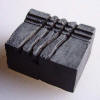 |
Monster Damage Disguising flaws as monster damage. |
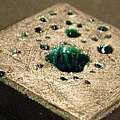 |
Acid Damage Disguising flaws as acid damage. |
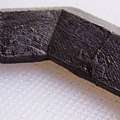 |
Filling Holes Filling large air-bubbles in plaster casts. |
|
Filling Joints Filling unwanted joints in models made from plaster blocks. |
||






